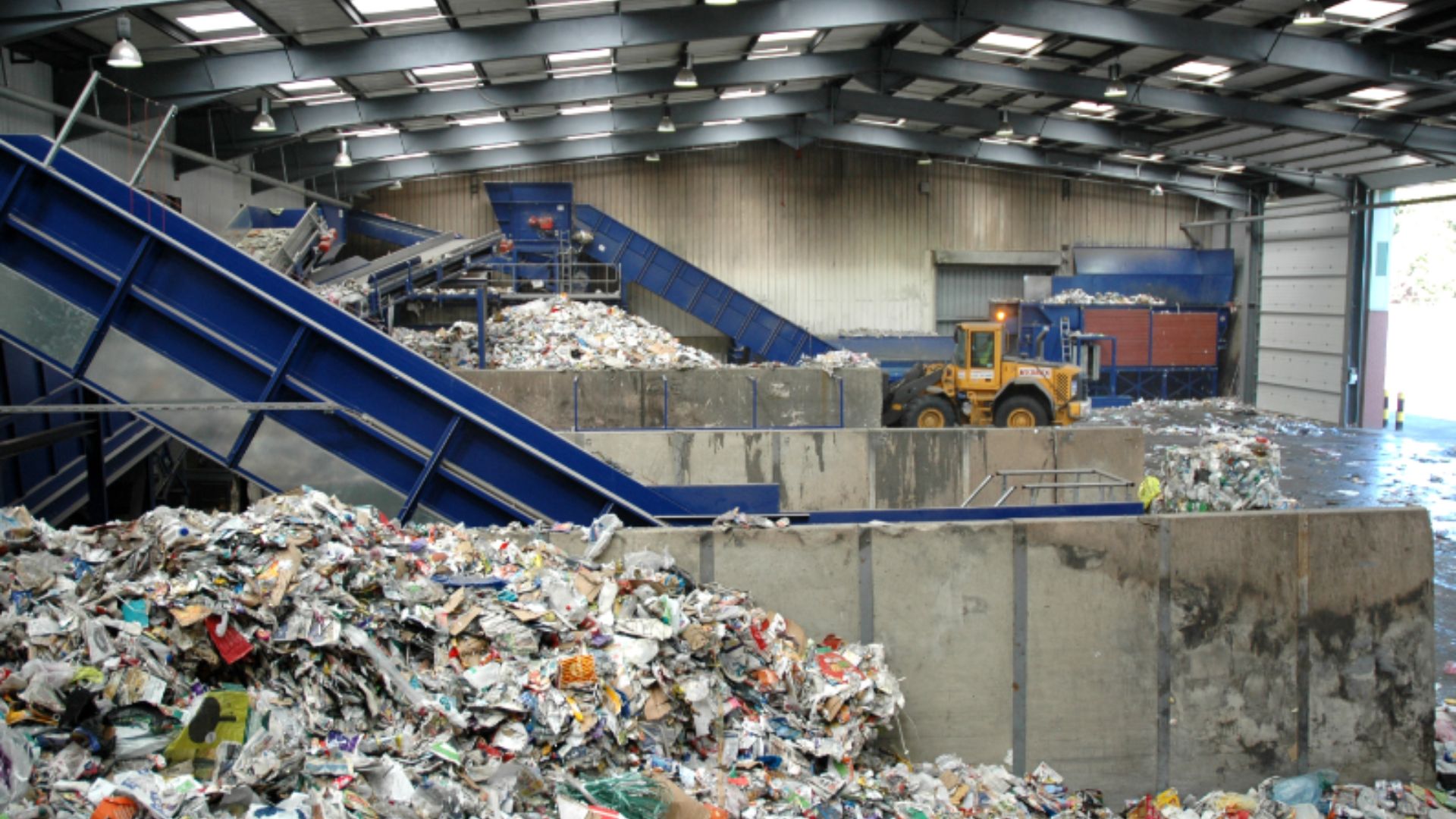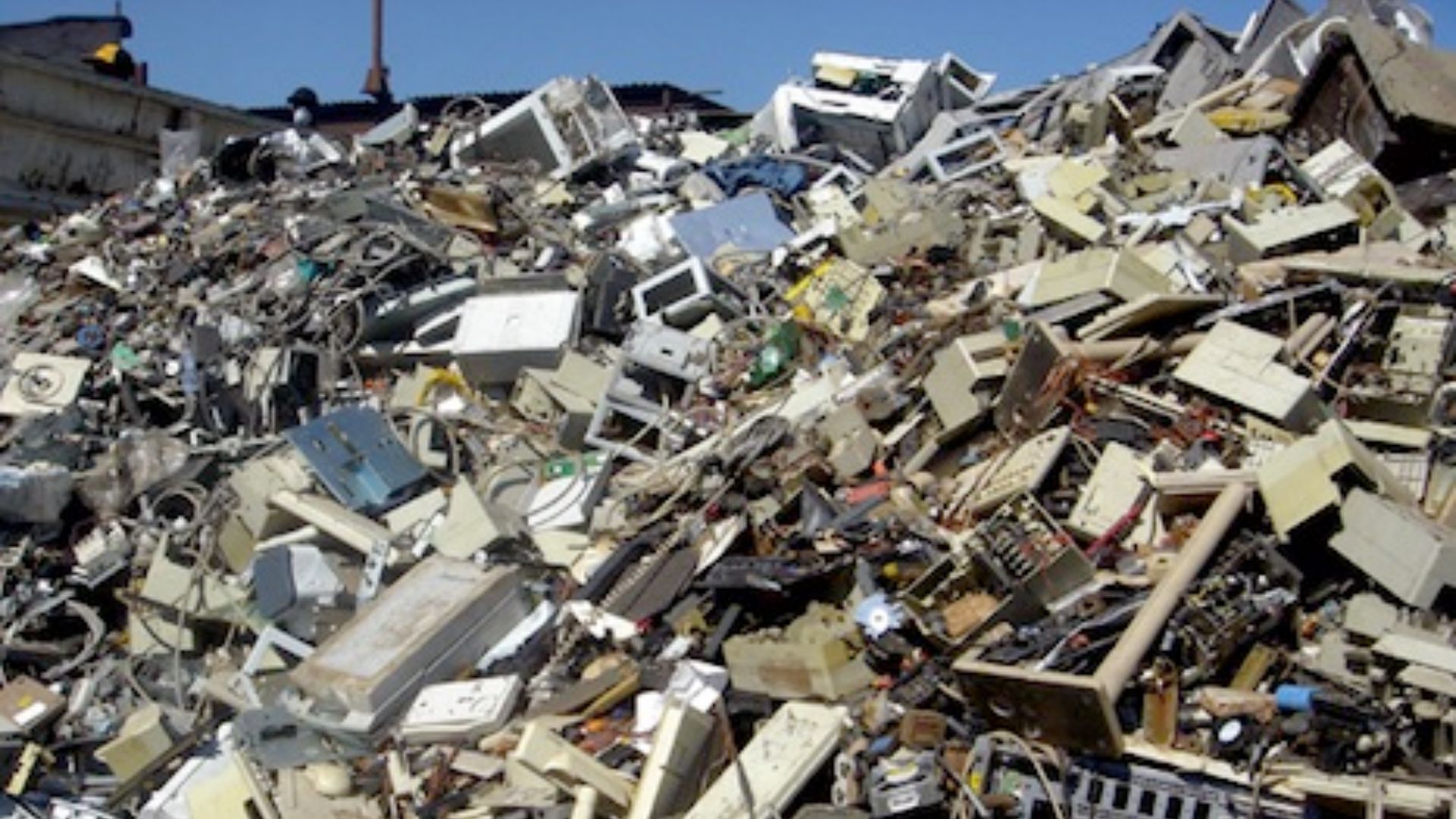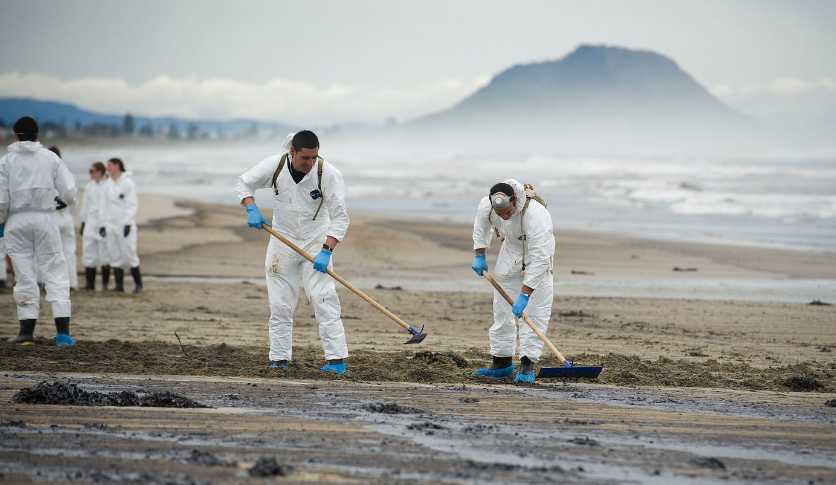As landfills reach capacity and environmental concerns rise, innovative solutions for waste management are crucial. Waste-to-energy plants emerge as a promising technology, offering a way to convert waste into a valuable resource – electricity. This blog post looks into the world of waste-to-energy, exploring its benefits, potential drawbacks, and its role in a sustainable future.
Landfill Limits: The Waste Challenge”
Traditional waste disposal methods, primarily relying on landfills, are facing challenges. Additionally, landfills are filling up quickly, and the environmental impact of waste decomposition, including methane gas emissions and potential groundwater contamination, is a growing concern. In addition, waste-to-energy plants offer an alternative approach, diverting waste from landfills and utilizing it to generate electricity.

Burning Waste for Power
Waste-to-energy plants, also known as waste incineration plants or energy-from-waste facilities, follow a specific process:
Waste Collection
Municipal solid waste, primarily non-recyclable materials like plastics, paper, and food scraps, is collected from homes and businesses.
Waste Processing
The collected waste is sorted and processed to remove hazardous materials and recyclables.
Combustion: The processed waste is burned in a high-temperature furnace, generating heat.
Steam Production
The heat from combustion is used to create steam, which then drives a turbine to generate electricity.
Emission Control
Waste-to-energy plants utilize advanced pollution control systems to minimize air emissions and ensure they meet strict environmental regulations.
By harnessing the energy potential of waste, waste conversion plants offer a solution for waste management and electricity generation.
Benefits of Waste-to-Energy
Waste-to-energy presents several benefits:
Reduced Landfill Dependence
By diverting waste from landfills, waste conversion plants extend the lifespan of existing landfills and minimize the need for new ones.
Energy Generation
Waste-to-energy plants contribute to renewable energy production, reducing reliance on fossil fuels for electricity generation.
Volume Reduction
The combustion process significantly reduces the volume of waste, minimizing landfill space requirements.
Greenhouse Gas Reduction
While waste-to-energy plants generate emissions, they can be significantly lower than those produced by landfills due to methane capture and advanced pollution control systems.
Waste-to-energy offers a solution for waste management while contributing to a more sustainable energy future.
Potential Drawbacks of Waste-to-Energy
Waste-to-energy technology also has some drawbacks to consider:
Air Emissions
Despite pollution control systems, waste-to-energy plants still generate some air emissions, raising concerns about their impact on air quality.
Ash Production
The combustion process produces ash, which requires proper disposal to prevent environmental contamination.
Public Perception
Concerns about potential health risks and emissions can lead to public opposition to waste conversion plant construction.
Waste-to-energy is not a perfect solution, but it offers advantages alongside drawbacks that need careful consideration.
Trash to Energy: Tomorrow’s Role
Waste-to-energy technology is evolving, with advancements in pollution control and efficiency. Moreover, as we strive for a more sustainable future, waste conversion can play a role, but it should be part of a comprehensive waste management strategy. Here’s how:
Waste Reduction and Recycling
The overall goal should be to minimize waste generation in the first place. Also, encouraging waste reduction and recycling initiatives remains crucial.
Technological Advancements
Continued research and development in waste conversion technology can improve efficiency and further minimize emissions.
Public Engagement
Open communication and education about the benefits and drawbacks of waste conversion are essential for gaining public acceptance.
By implementing a combination of strategies, waste conversion can be a valuable tool alongside waste reduction and recycling efforts, creating a more sustainable waste management future.
Conclusion
Waste-to-energy offers a promising solution for waste management, but it’s not a silver bullet. Therefore, a comprehensive approach combining waste-to-energy with waste reduction, recycling, and continued technological advancements is necessary. Also, by prioritizing waste reduction and responsible waste conversion implementation, we can move towards a more sustainable future where waste becomes a resource, not a burden. Hence, let’s embrace innovation and work together to create a cleaner, greener future for generations to come.



